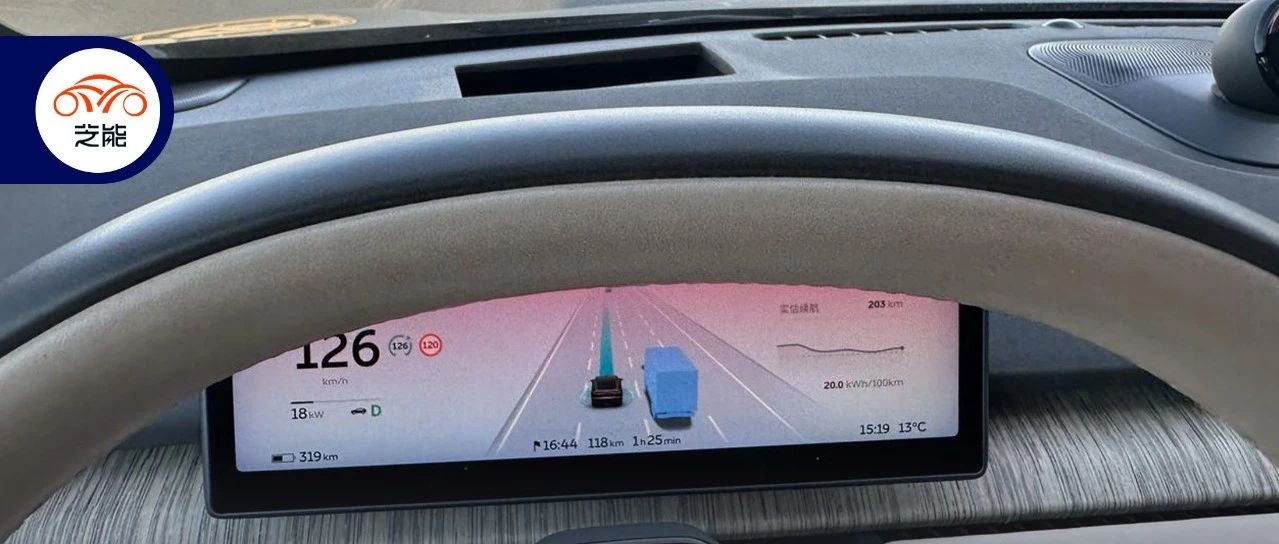Test Driving NIO’s ET7 and Its NOP Feature
Author: Tao Yanyan
Recently, we test drove NIO’s ET7, mainly to experience its NOP feature.
Let’s start with the conclusion: Overall, the experience was very good. Previously, we did not purchase X Pilot from XPeng Motors. On one hand, we were relatively conservative and risk-averse; on the other hand, we were in a wait-and-see attitude towards new technologies. However, when we replace our next car, we should purchase the assisted driving service.
My Impression of NIO’s Automated Driving
Inside the range of high-definition maps, such as urban elevated highways and expressways, the navigation assistance can be turned on with just one physical button on the steering wheel. Once outside the high-definition map range, the navigation assistance automatically becomes a pilot, and the system also issues a clear reminder sound to remind the driver to monitor the vehicle more closely.
The difference between navigation assistance and pilot is like that between luxury cosmetics and plain cosmetics. The usage difference is:
-
Navigation assistance can be set to follow the navigation route completely after setting the navigation point, such as changing lanes, entering or exiting the ramp, and it can also judge whether to overtake according to the road conditions. Sometimes, when the driver tries to change lanes and finds that the situation has changed, the system will say to itself that overtaking is not appropriate at this time, and return to the original lane. It’s just like an ordinary person driving, so cute.
In short, with the help of high-definition maps, navigation assistance can basically complete the driving route without the need for the driver to take over.
-
Pilot does not have these functionalities, so when it encounters the need to turn, the driver must handle it. There are often situations in which the lane line cannot be identified due to ground conditions (such as at intersections), and the system will remind the driver more often to take over or directly exit.
In addition, even if the ground conditions are particularly good (the lane lines are clear, and the navigation route is correct), since the current Pilot cannot do the kindergarten-level “red light stop, green light go” maneuver, it is impossible to entrust the car to the system completely on ground roads. Not to mention the various bicycles and pedestrians by the side of the road, so driving with Pilot is like supervising the system by oneself, which is interesting but can be tiring in the long run.
-
Although most elevated highways and expressways are marked under high-definition maps, in some road sections such as tunnels, the system will remind the driver that the navigation assistant is not available, and it will automatically turn on the Pilot mode. Once a road section like this is exited, navigation assistance will resume.
-
When you can’t stand the navigation assistance anymore—on the highway, the driving strategy of navigation assistance is that if the vehicle in front is driving below the speed limit set by the system (such as 80 km/h and it’s already at 86 km/h), even if the right lane is vacant, the navigation assistance will continue to follow the preceding car and will not overtake automatically. At this time, the driver can take over the vehicle actively, and after taking over, navigation assistance will automatically resume.“`markdown
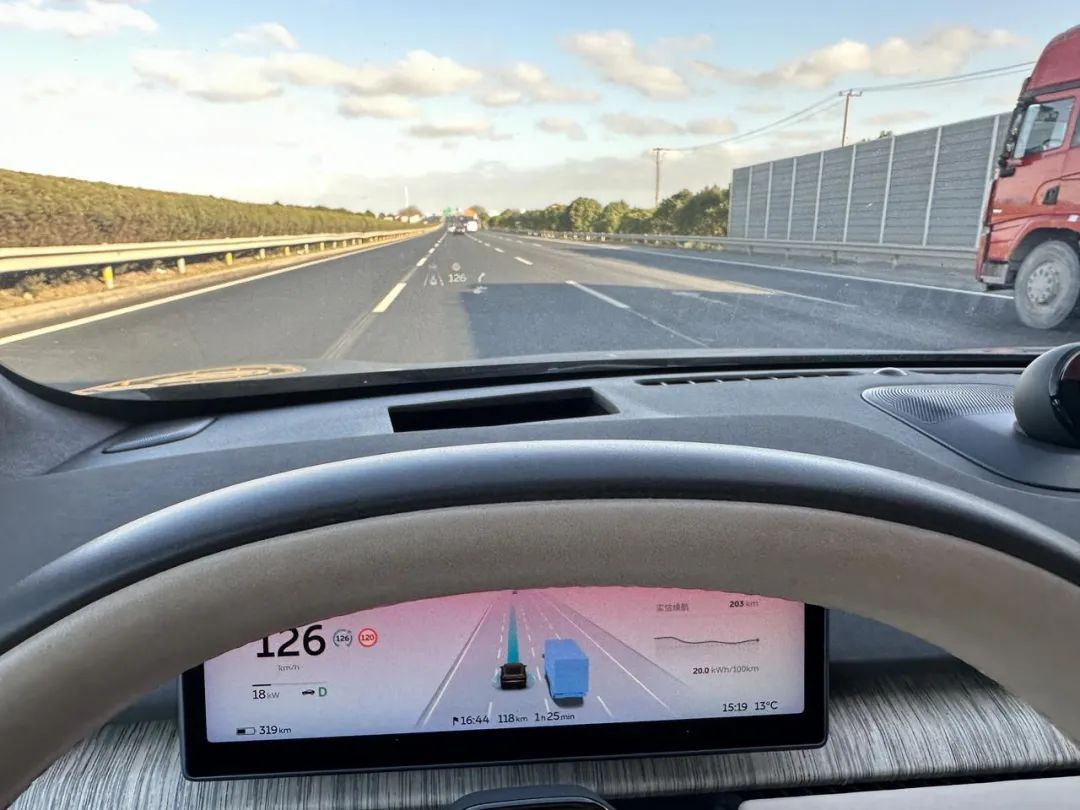
Thoughts on NOP and other assisted driving systems
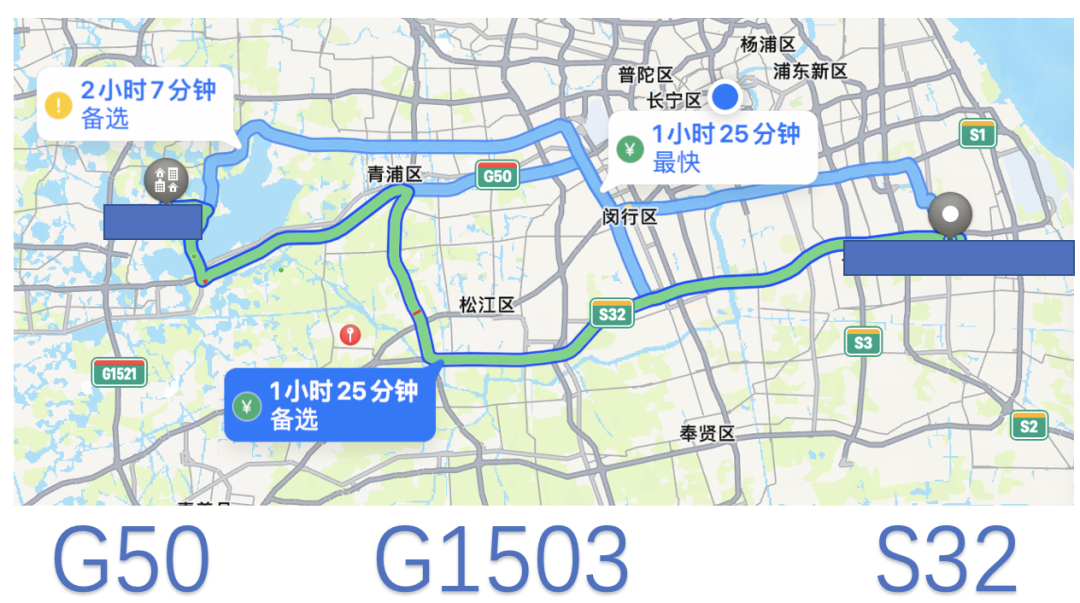
As I have participated in NIO’s NOP Pilot Workshop before, I am also quite clear about the iterations of this product. This system can be described in different scenarios as it iterates:
◎ Low-speed roads: From rural areas to G50, it adopts the Pilot mode to perceive the surrounding objects through the laser radar and explore the drivable path at lower speeds.
◎ High-speed roads: Majority of the roads on G50, G1503, and S32 are developed based on high-precision maps and equipped with Navigation-Assisted Driving System.
◎ Ramps: This section mainly connects the roads between several highways and adopts the Pilot mode. It is particularly knowledgeable as there is no high-precision map to match through the navigation path.
◎ Maintenance and high-speed roads lacking high-precision maps: They exist for the switch between Navigation-Assisted Driving System and Pilot mode.
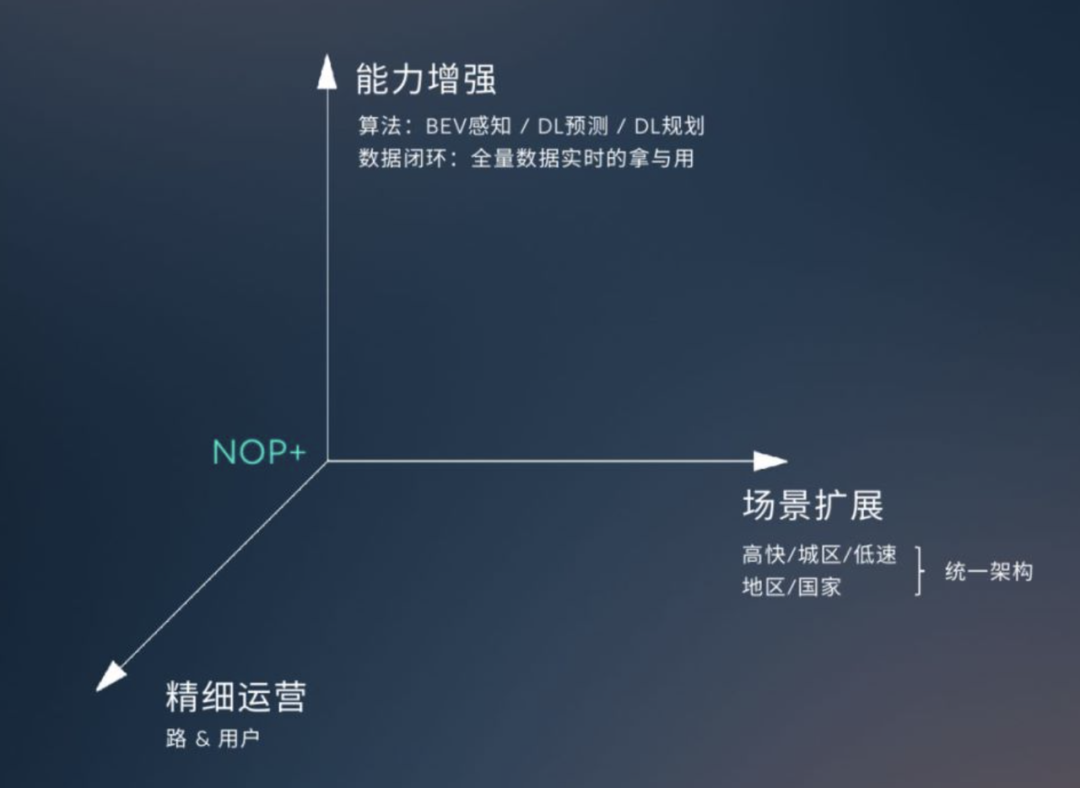
Based on actual experience:
◎ Low-speed roads:
The Pilot mode was used on Qingpu Road, with the speed set to 45km/h. I was rather concerned about traffic lights while using the Pilot mode on rural roads in Qingpu, but other than that, it was still alright. Because there were all kinds of rural tricycles and strange vehicles, in the whole trial process, I kept monitoring whether the Pilot system recognized various objects in front and was able to display them on the front screen.
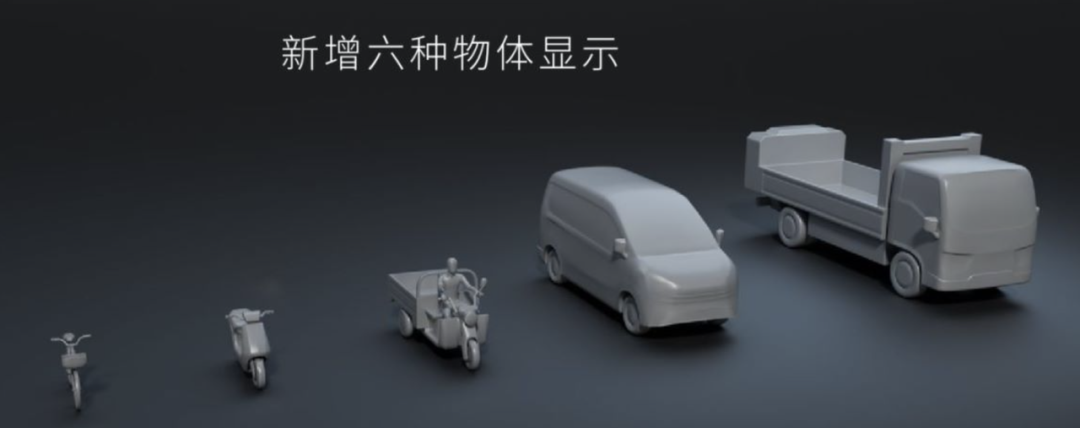
“`◎Highway Navigation Assistance Function:
The overall strategy of the navigation assistance driving is to approach the extreme speed, and when seeing large trucks and trailers, it accelerates continuously and rushes forward with one foot on the gas pedal. It is difficult to drive on the two-lane highway section of G50 Zhujiajiao Road, because overtaking or changing lanes is very likely to fail. However, overall, the system can drive on G50 for 21 kilometers, and there were about three attempts to overtake during the journey, but they were abandoned according to the actual situation. Especially on the two-lane highway, the whole driving experience will be more extreme when there is a large truck in front. Overall, on some roads, if the traffic volume is high, optimizing the planning and control is what the car companies need to work hard on.
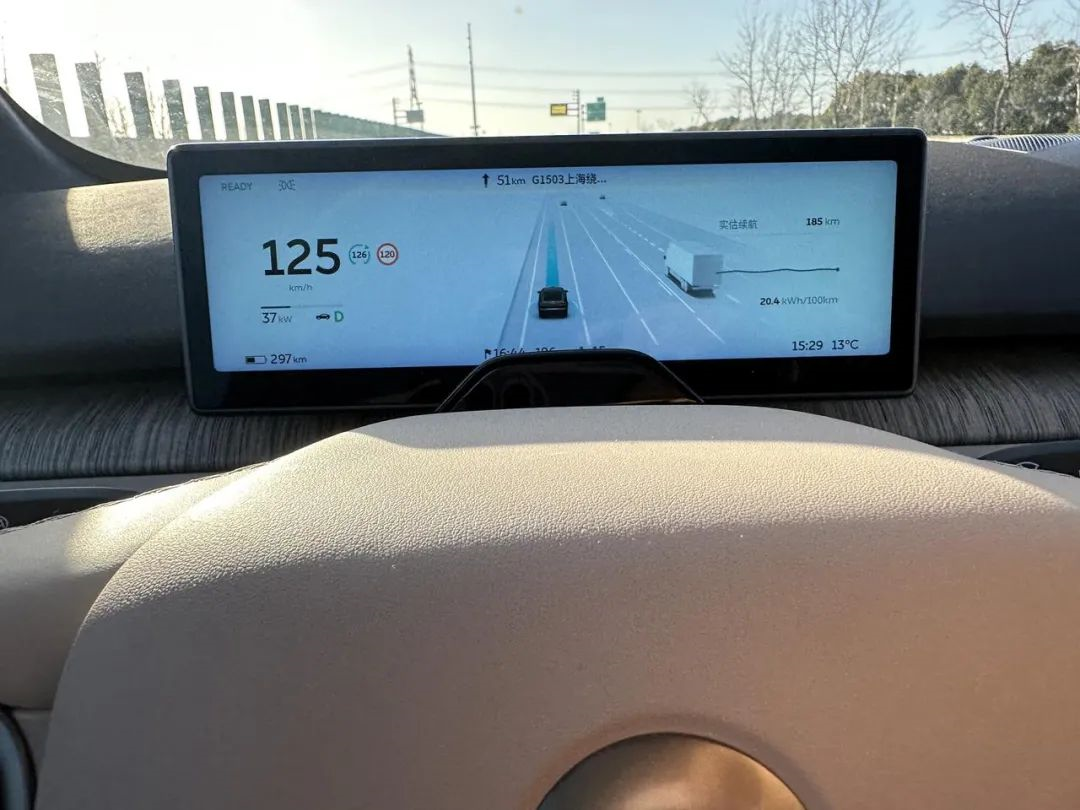
◎Switching between Highway Navigation and Pilot:
- When driving from G50 to the ramp of G1503, the system switches from highway navigation assistance to the Pilot function and uses a 45 km/h speed limit. The overall strategy is still very successful. When changing lanes automatically, it is generally the most nervous stage for the driver. The system does use the blind spot detection to determine whether there are vehicles behind to confirm that the NOP strategy is correct. If the NOP judgment timing is wrong, the decision to change lanes will be abandoned repeatedly, and the system will also voice alert.
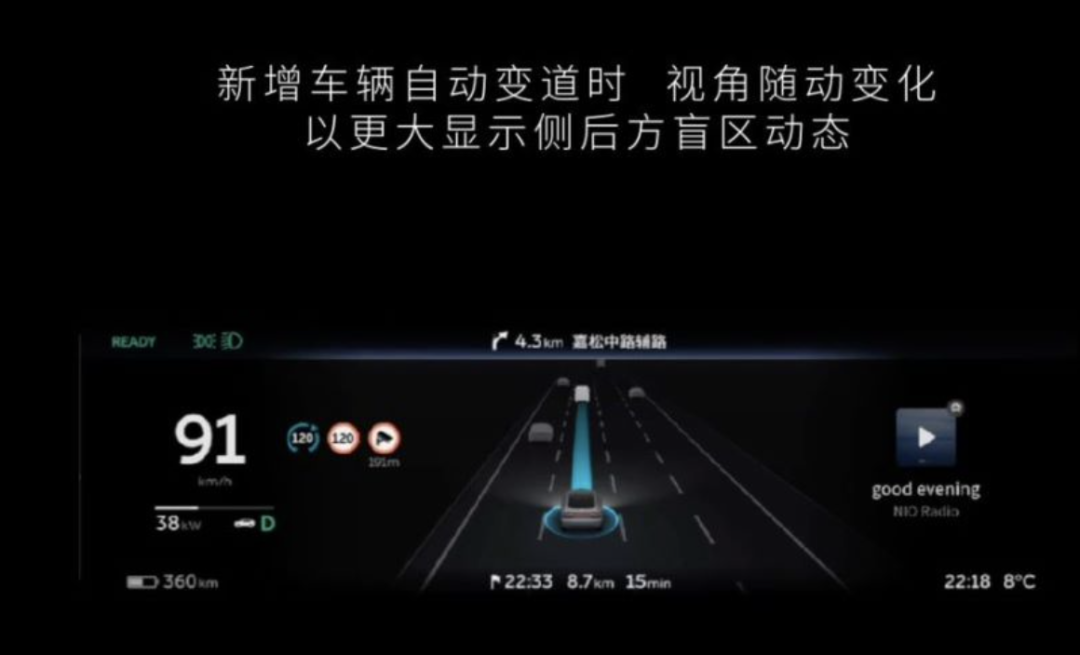
- In the around 20 kilometers of the G1503 section, there are still some tunnel sections where the high-precision map is missing, and the highway navigation assistance will also switch to the Pilot function. When I first heard that the navigation assistance was going to quit, I thought the system was giving up, but in fact, the Pilot took over. Therefore, when interacting between human and machine, it may be necessary to give more specific expectations. At present, it is really necessary to remind drivers of the takeover and the switching between the two software states, but the content of the reminder is not so clear and needs longer adaptation time for the driver.
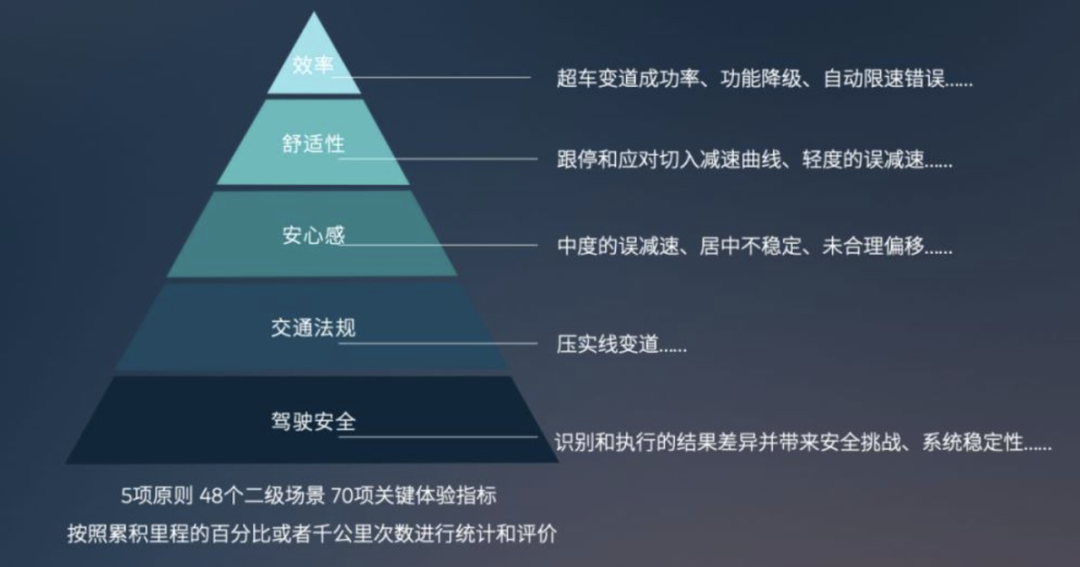
◎Manual takeover is needed for extreme situations such as high-speed road repair:
There are approximately 3 kilometers of such sections on S32. The main concerns during this process are:
- Other vehicles may cut in frequently on roads with ice cream buckets; and the drivable road is already reduced.
- During this section, the system will prompt you to take over at any time, but I am not sure when to take over, so I took control myself.
There is also a small risk: During the whole navigation process, a plastic basin appeared on the highway, which the system did not “see” because it was not displayed on the dashboard screen and no deceleration occurred. This is indeed difficult for NOP to judge.
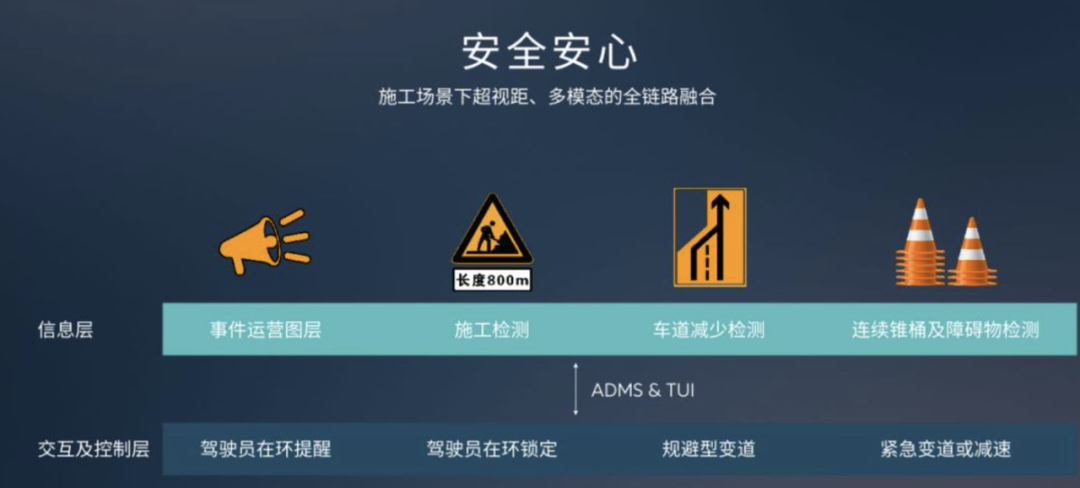
Conclusion: NOP Navigation Assistance and Pilot can greatly help drivers rely on them throughout the high-speed journey. With the iteration of algorithms and software, there can indeed be great breakthroughs. Overall, the high-level assisted driving is particularly effective on congested high-definition map sections. Although driving skills cannot shorten the congestion time, they can greatly alleviate the driver’s irritability when driving and help drivers escape from congestion. If everyone uses the assisted driving system when encountering a congested section, it may be possible to further alleviate the overall congestion situation.
This article is a translation by ChatGPT of a Chinese report from 42HOW. If you have any questions about it, please email bd@42how.com.
